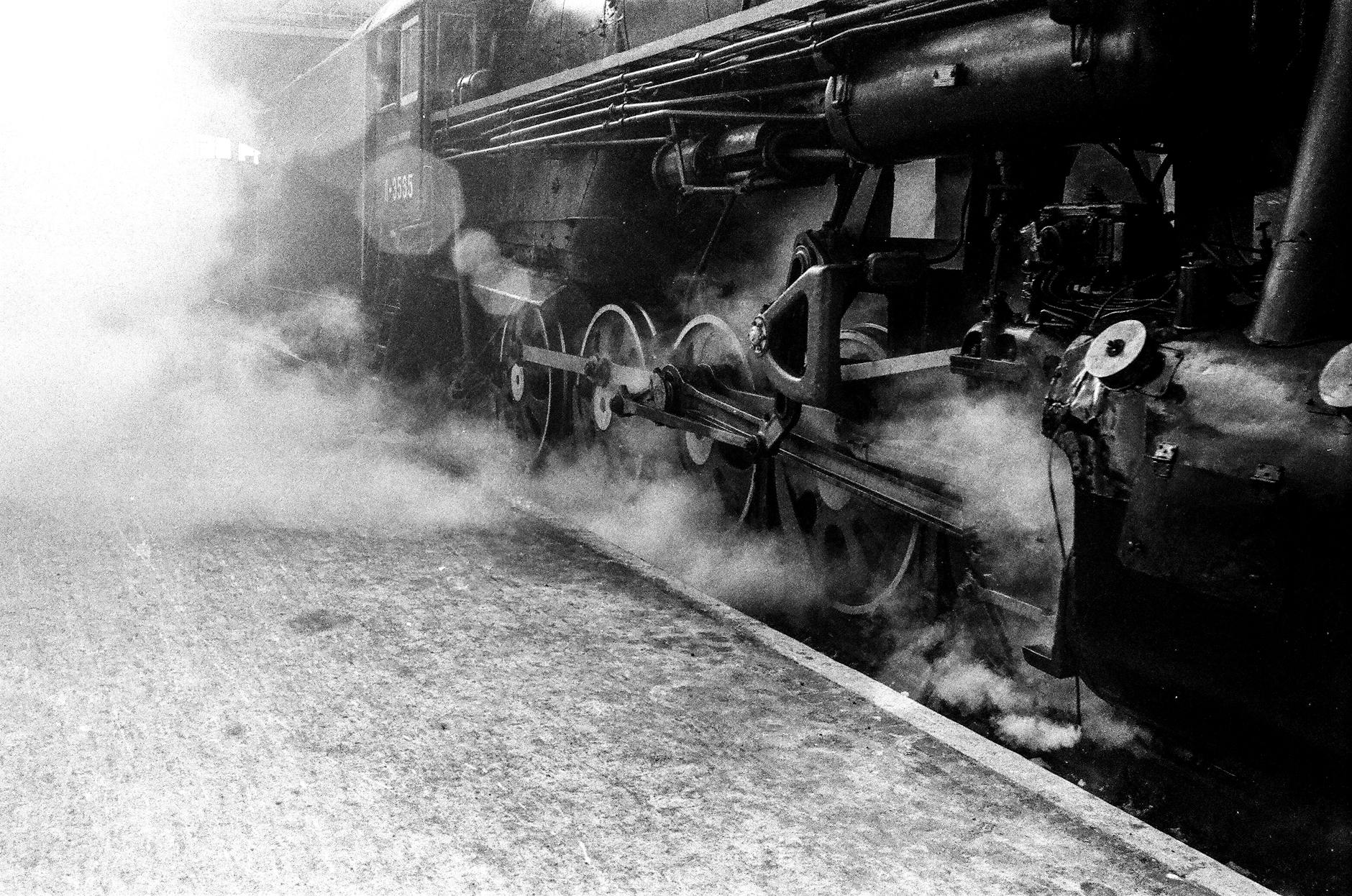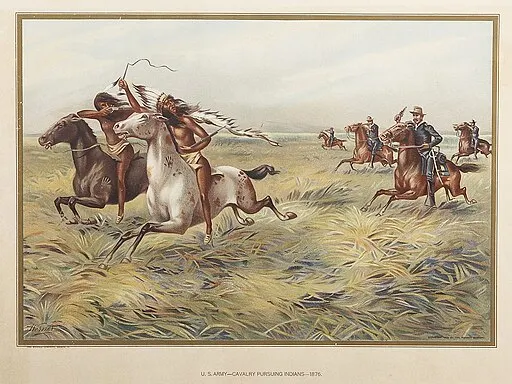Personal Finance Week 18 Assignment
Well you can probably guess at what this assignment is about! *sigh* Yep, taxes! I’ll be writing my 200 words this week on: What method of preparing my taxes would I choose and why.
There are a few different methods, and I’ll cover the pros and cons of each one and then pick which one I would prefer.
1. IRS Paper Form
Pros:
If you choose to file your taxes the old-fashioned way, you have more control over your results. It is also more secure. It also can be cheaper than hiring a professional.
Cons:
It can be time consuming and tedious!
2. Tax Software (example: TurboTax):
Pros:
It is more simple than the other options.
Cons:
Depending on the tax software you are using, it may not offer all of the options you are looking for. It also may not be as private or secure.
3. Hiring a Tax Professional
Pros:
You have someone who does taxes for a living, so they have lots of experience. They are more time-saving than filing your taxes alone.
Cons:
More expensive than the other options.
Okay, I’ve listed the 3 main ways you can do taxes, and I have to go with the first one. Why? Simply because I don’t have much taxes to file! At my age and income level, the tax form will be very simple for me to fill out. It wouldn’t make sense to hire a professional just to do a very simple form. So when that time does come for me to do those taxes(and I’m guessing it will be sooner than I think 🙁), I’ll be ready!


